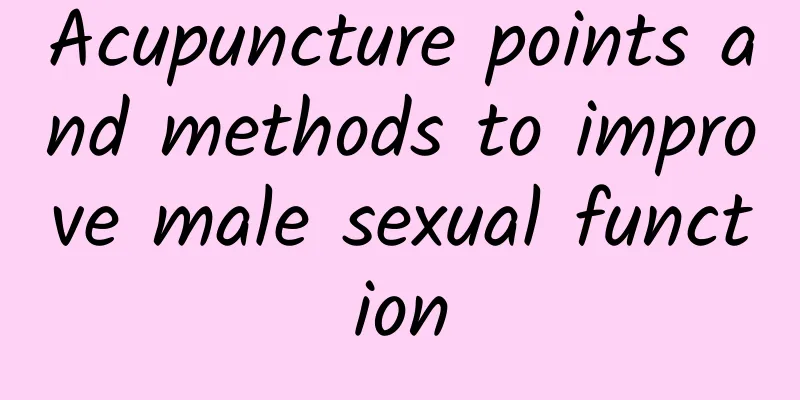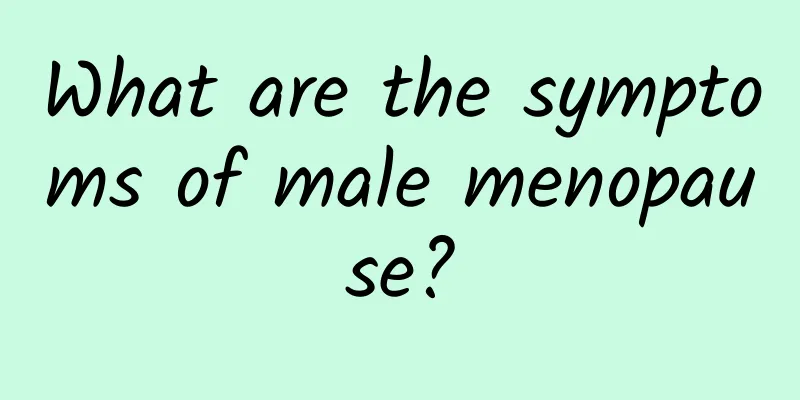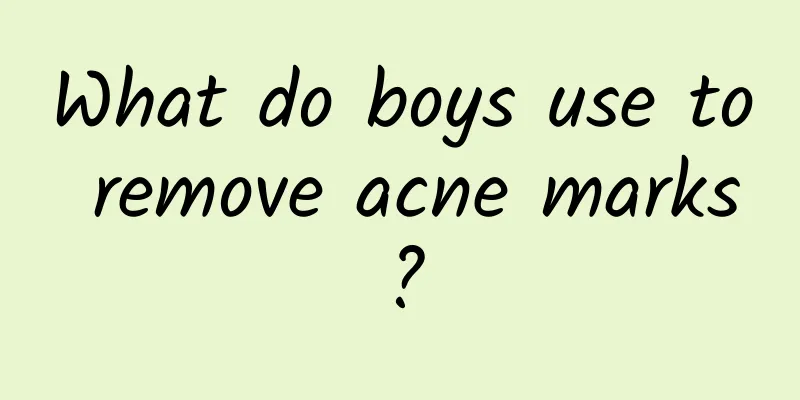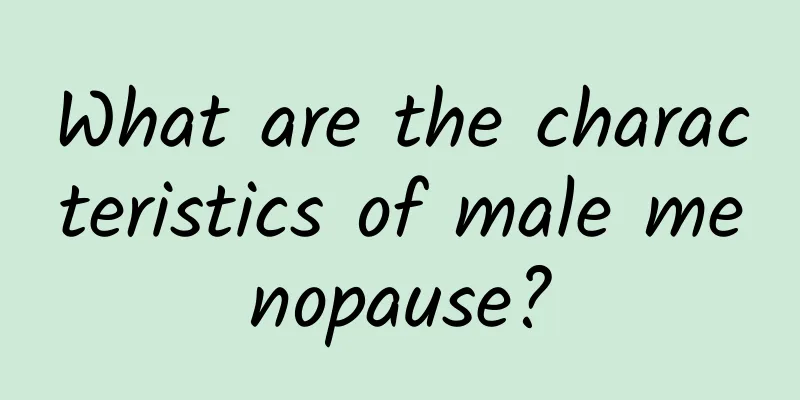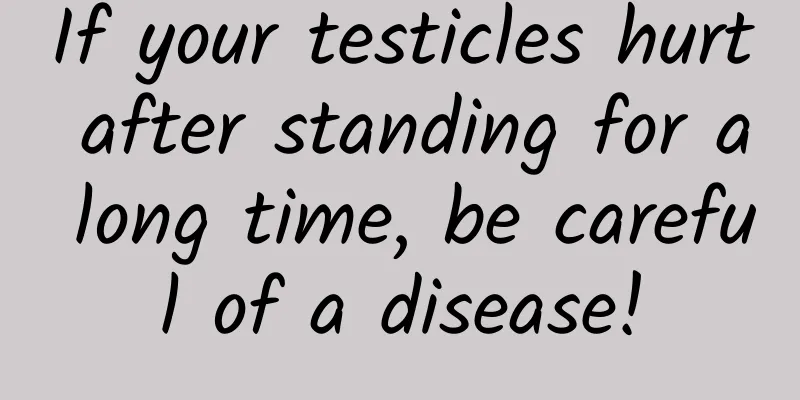How to treat prostatitis

|
Men are the main labor force in this society. Men are generally the representatives of strength in society. Society also gives men some pressure. Men have to support a family, buy cars and houses. Over time, many men have suffered from some male diseases due to hard work and excessive efforts, especially some middle-aged men who have few hairs and urinate frequently and urgently when they are convenient. This means that there is a problem with the male prostate. So how to treat prostatitis? Prostatitis is a common disease in urology, and ranks first among male patients under 50 years old in urology. In 1995, NIH developed a new classification method for prostatitis: Type I: equivalent to acute bacterial prostatitis in the traditional classification method, Type II: equivalent to chronic bacterial prostatitis in the traditional classification method, Type III: chronic prostatitis/chronic pelvic pain syndrome, Type IV: asymptomatic prostatitis. Among them, nonbacterial prostatitis is far more common than bacterial prostatitis. The discovery of pathogenic pathogens in prostatic fluid culture is the basis for selecting antibacterial drug treatment. If patients with non-bacterial prostatitis have signs of bacterial infection and general treatment is ineffective, they can also be appropriately treated with antibacterial drugs. When choosing antibacterial drugs, it is necessary to pay attention to the presence of a prostate-blood barrier composed of lipid membranes between the prostate acini and the microcirculation, which hinders the passage of water-soluble antibiotics and greatly reduces the therapeutic effect. When prostate stones are present, the stones can become a shelter for bacteria. The above factors constitute the difficulty in the treatment of chronic bacterial prostatitis, which requires a longer course of treatment and is prone to recurrence. Surgical treatment can be used for recurrent chronic bacterial prostatitis. Prostatectomy can achieve the goal of cure, but it should be used with caution. Since prostatitis usually affects the peripheral zone of the gland, it is difficult to achieve the purpose of treatment with transurethral resection of the prostate. TURP can remove prostate stones and bacterial infection lesions near the prostate ducts, which is beneficial to reduce the reinfection of peripheral zone lesions. Chronic bacterial prostatitis can lead to recurrent urinary tract infections and infertility. Prostatitis is divided into acute and chronic types. The treatment methods are different according to the different conditions. It is best to choose lighter food in diet. Do not overdo it when supplementing nutrition. The patient's body cannot consume it and it will cause pressure on the body and organs, which is not good for the condition. In addition, patients must quit smoking and drinking, do some appropriate exercise, and enhance their immunity. Patients must drink more water and urinate more, which is conducive to the discharge of secretions and prevent infection. |
<<: Symptoms of non-gonococcal chronic prostatitis
>>: What should I eat if I have chronic prostatitis?
Recommend
What should I do if my testicles hurt?
The testicle is a male reproductive organ, one on...
What are the symptoms and causes of schizophrenia?
China is a country with a high incidence of menta...
The glans penis is peeling and itchy with a bad smell
It is said that the penis is the most vulnerable ...
What is the reason for the red spot on the glans penis that does not hurt or itch?
Many men have found small red spots on their glan...
Is acute orchitis serious?
The male testicle is a very important organ for b...
What is Yijing all about?
Yijing actually means improving the quality of sp...
Are you sure you ejaculate sperm every time?
Men may ejaculate after every sexual intercourse,...
What causes itchy penis and scrotum?
Men often suffer from some physiological diseases...
Special "masculine smell" indicates the arrival of disease
When it comes to body odor, many people think of ...
How long does it take for a penis nodule to heal?
The cause of penile induration is still unclear a...
What causes damp and cold scrotum?
If male friends find that their scrotum is moist ...
Why do my testicles keep itching?
In life, many people feel uncomfortable from time...
Acne on the skin above the penis
Men pay a lot of attention to the length and heal...
What is the symptom of glans pain?
Penile glans stinging is a common men's disea...
Testicular development time
For men, the testicles are the main reproductive ...
